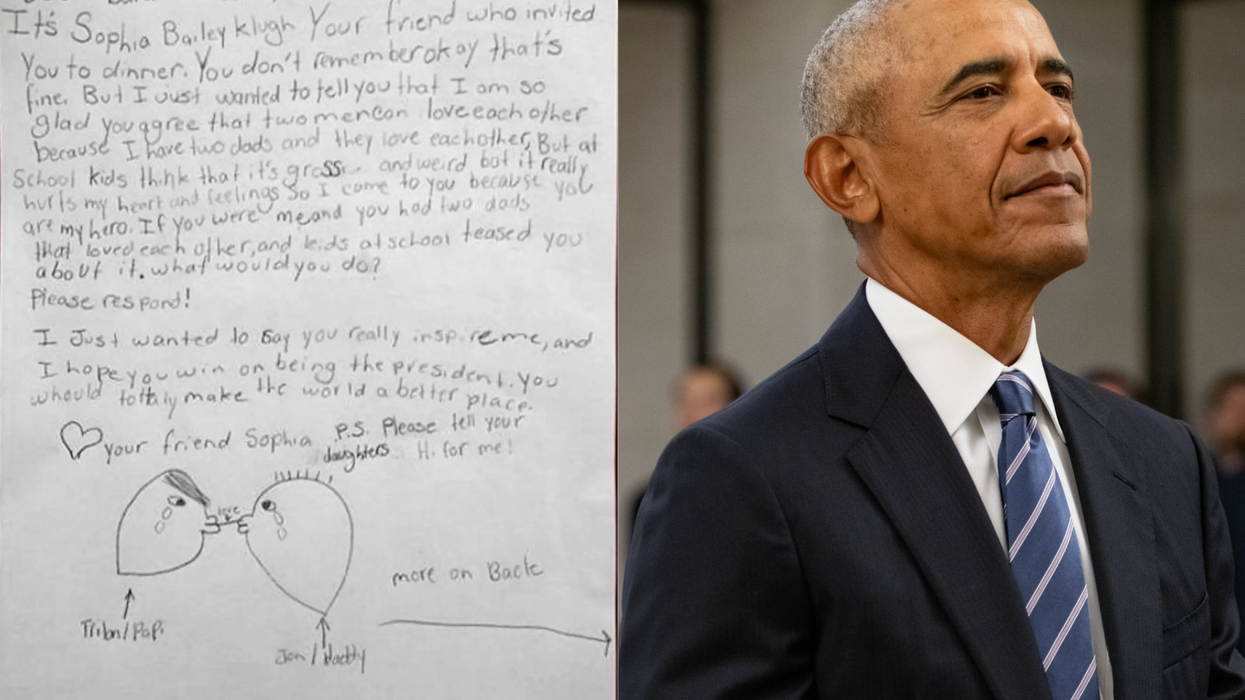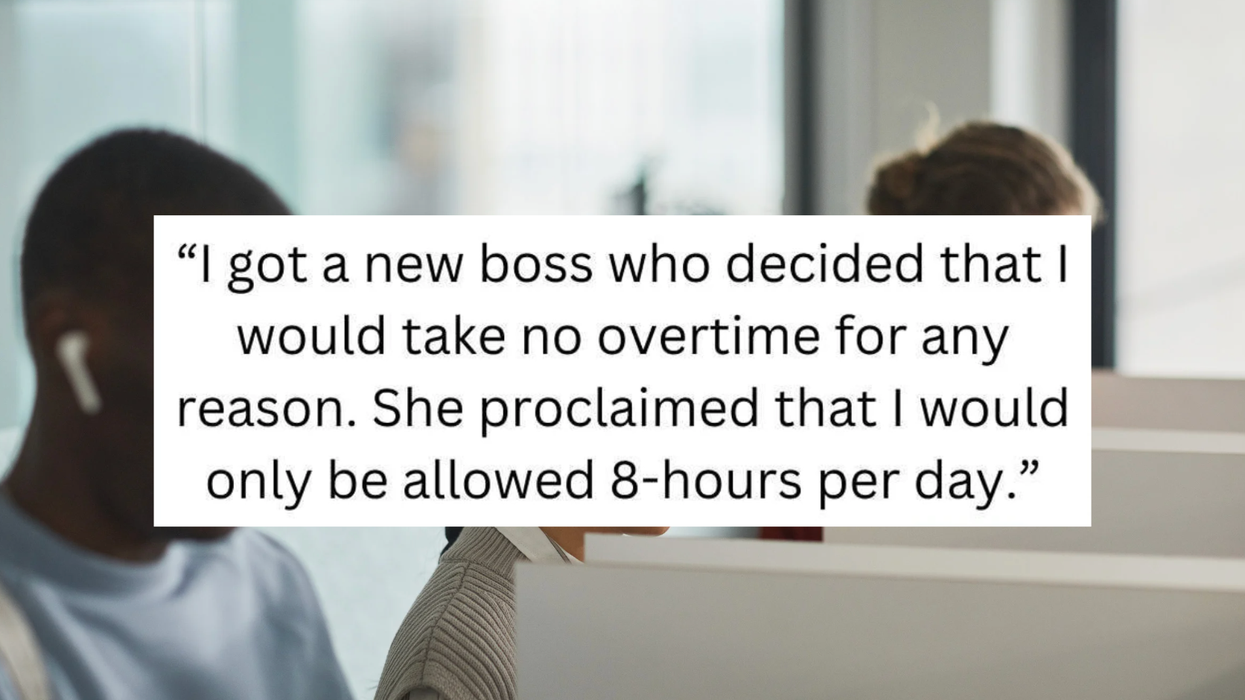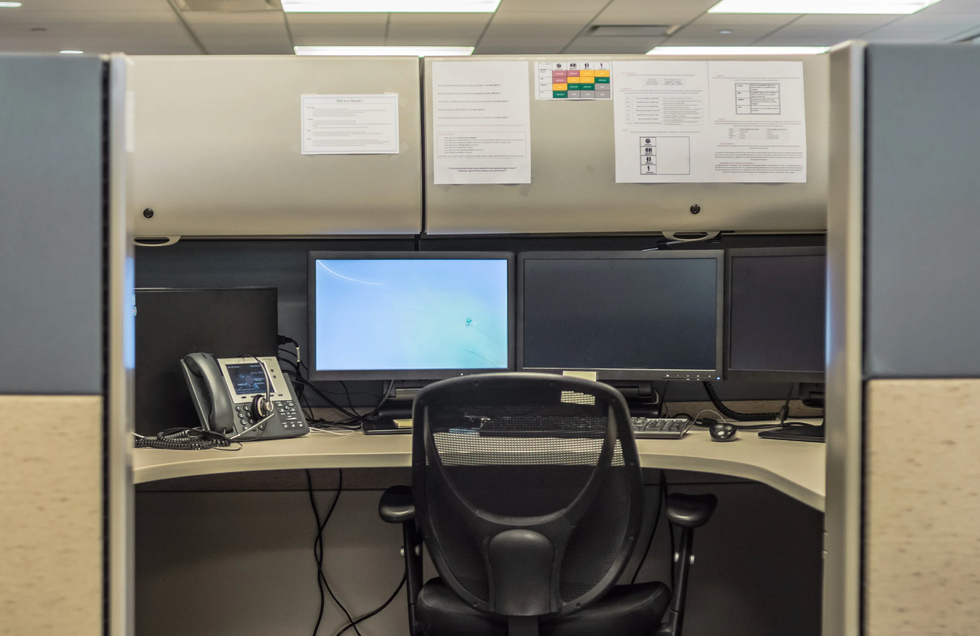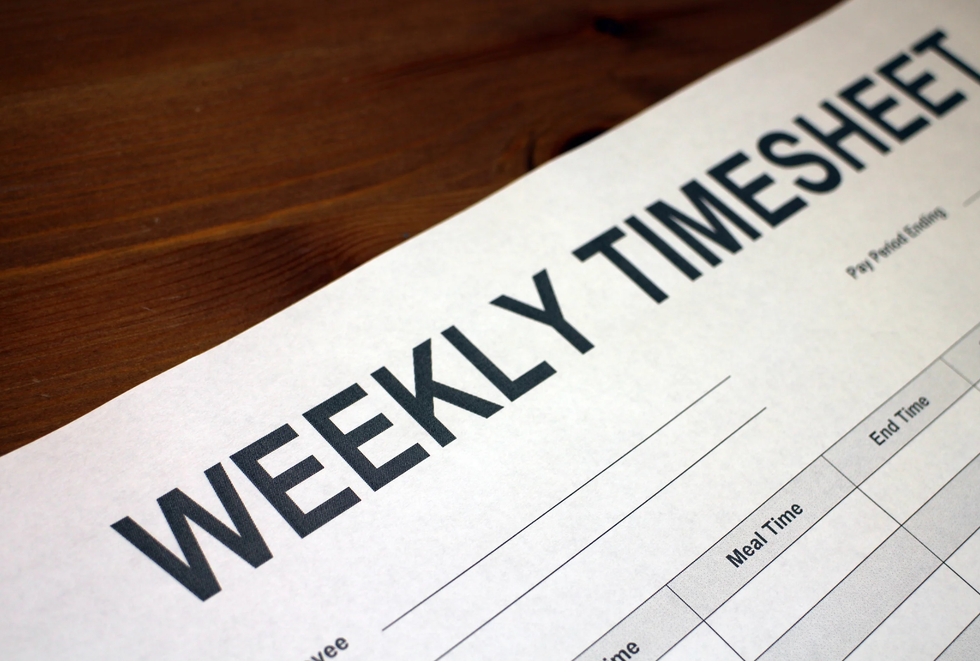Increasingly, Americans are feeling burned out. One of the major contributing factors is that we have a hard time “turning off” when we should. Whether you’re working from the office or at home, work can creep into your off-hours through emails, texts, Slack notifications, etc. Even if your work has guardrails in place to keep work separate from personal life, many people still struggle to transition from “work mode” to “rest of life mode.” If this sounds like you, you may want to consider adopting or creating a “shutdown ritual” that tells your brain and your body that it’s time to clock out.
“One of the trends that is a repeated refrain, if most so in work-from-home environments, is that work creeps into life,” HR professional and business consultant Charly Huang of AceBallMarkers.com tells GOOD. “Without an end-of-commute signal that it is ‘end of day,’ that laptop becomes a date to dinner, and those emails creep into family time. Gradually, that is a fast track to burnout.”
@her.messy.bun Whats more important than getting that next task done? Shutting down. Recharging. Having a routine that triggers when work mode is done and its time to shift into life mode will help your brain destress and disconnect from work. Idk who needs to hear this, but that task can wait, go live your life, relax, have fun and figure out what easy routine you can add to the end of your workday to help you context shift from work to life. #shutdownroutine #workfromhome #productivitytips #rechargeyourself #endofworkday #simplifyyourday
A shutdown ritual or routine may sound a little silly at first, but its purpose is to essentially reset and reboot your brain for non-work rest and activities. You know work is done, but your subconscious mind needs convincing. This isn’t just beneficial for employees, but managers and executives also benefit from workers having a good work-life balance, as it leads to happier, more productive, and more alert individuals.
@illuminate.byv ending the work day with extra care 🤍 #selflove #selfcare #afterworkroutine #candletok #routinelife #resetroutine
“As someone who often works remotely, and who leads a company that has many remote workers, shutdown rituals are something I highly recommend,” Steve Schwab, CEO of Casago, tells GOOD. “I know from firsthand experience how working remotely can lead to not really winding down all that effectively. When people can incorporate ‘hacks’ like these to help with their energy levels and work/life balance, I am all for it.”
@nikkipebbles A end of work “routine” has helped me so much with placing limits on my workday AND has helped with burnout. #routine #workfromhome #workroutine #morningroutine #endofdayroutine #workday #burnout #burnoutrecovery #neurospicy #neurodivergent
So, what is your shutdown ritual? Well, that varies from person to person. Many workers have shared theirs online, and there are numerous options available, depending on your personality, mindset, and interests. Here are some of the most commonly mentioned rituals from folks online and those that reached out to GOOD :
Tidy up your workspace
When your laptop is closed and put away, the coffee mug is washed, and your work desk is decluttered, it not only creates a neater workspace but one that is “completed” without lingering reminders of work left there.
Work from home? Fake a commute
When it’s quitting time, take yourself and/or your dog out for a walk outside, or walk to a nearby cafe or bar for a beverage. Listen to a specific playlist or podcast that you’d likely listen to in the car or on the subway train if you were going to and from an office. This can help you transition smoothly.
Change your clothes
Much like the commute, this can mimic the thought of changing out of your suit and tie, dress, work uniform, or whatever “work clothes” you wear, even if you dress casually or work from home. An outfit change creates a shift in mindset.
Write or draw
Taking out a pencil and paper to write or draw whatever is currently in mind. If you’re not feeling very artistic, you could write down what you’ve accomplished today to remind yourself that you’ve done plenty of work already. You might also write a list of what you wish to accomplish tomorrow so it won’t linger in your mind during off-hours.
Get active
Going to the gym, the dojo, or outside for a run gets the body and the mind in a new place. Since your brain is focused more on lifting weights, your jogging route, mindful stretching, or vibing with a song on your workout playlist, you’ll be away from work in your brain.
Those are just the most frequently mentioned methods, but you can experiment to see what helps you transition from your work life to your real life. Ultimately, it’ll be beneficial for you mentally, physically, and professionally.





















 Boomers can't expect Gen Z to reflect the same values.Canva
Boomers can't expect Gen Z to reflect the same values.Canva

 A boos speaks with his staffCanva
A boos speaks with his staffCanva An empty cubicleCanva
An empty cubicleCanva A weekly timesheetCanva
A weekly timesheetCanva